People aren’t the only ones to suffer from a bad haircut every once in a while. Plants get them too. The only difference is that the garden stylist servicing your plants is much less forgiving – in fact, the cutworm’s handiwork is usually fatal.
I’ve done a podcast about this already, but now I have pictures to go with it. So for those of you who haven’t seen a cutworm in action, this is for you.
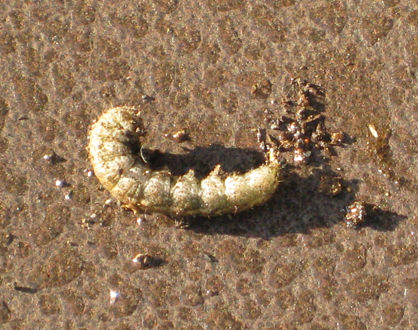
The Culprit – cutworms are about 1 inch long and depending on how much they
have eaten, are about 1/4 inch thick or larger. This is a skinny cutworm.
Unfortunately, most cutworms are found after the damage is done. They don’t travel far from the scene of the crime. This cutworm was found napping at the base of an Italian broccoli plant, just 1/2 and inch under the soil. Here’s what it did.
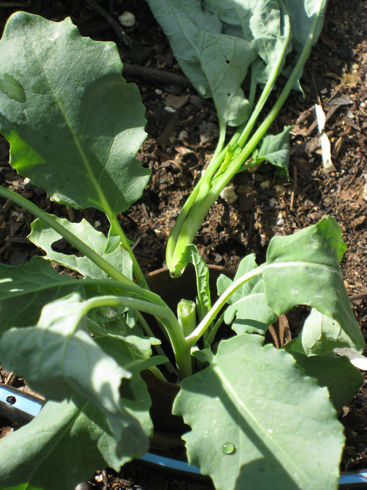
Oh the horror! Cutworms typically chew through the stem of a plant at the soil level.
Luckily, I have several plants growing from the same planting hole, so there’s built-in back up.
After the bad haircut, and locating the culprit, I placed a paper collar around the base of the plant, which you can see above. This works in most cases. I, however, have agile cutworms who have come back for more. In my kale beds, they’ve crawled over the collars to attack the recovering seedlings. Drastic measures were required. Enter the cloche.
Cloches were used in Biodynamic farming in the turn of the century. They were originally glass bell jars that cover a plant to form its very own greenhouse and protect it from insects. The modern cloche is a recycled plastic bottle.
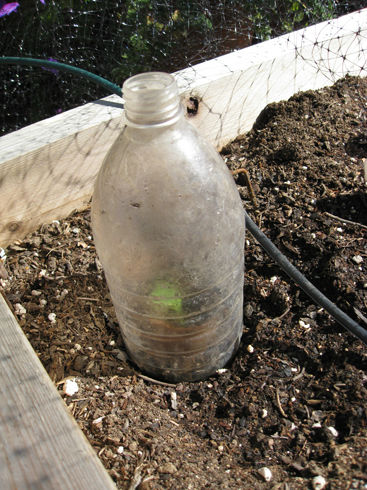
This tiny Vates Blue Kale seedling is twice protected with a paper collar
and a cloche.
So far, so good. No repeat offenders have dared to show their faces. While some plants have been replaced by new seedlings, others were only mildly hacked, and the vital parts are still able to grow new leaves. Now those plants can grow out their bad haircuts and leave the house once more.
Have you had trouble with cutworms this season? What are you doing to keep them at bay? Share it with us here.

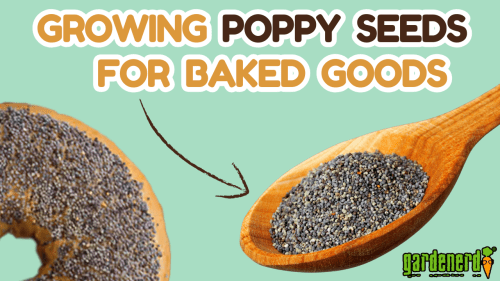
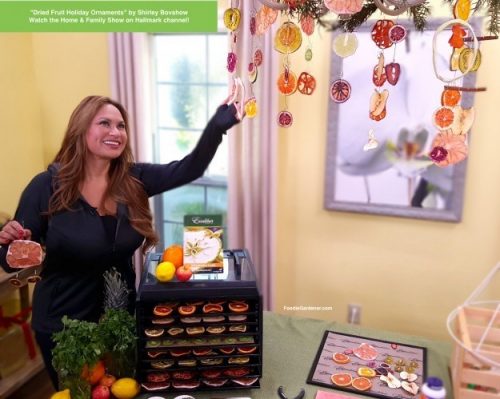
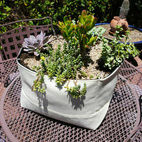
That’s a good idea. I always forget about the eggshells since we put them in the compost and worm bins. I’ll have to remember that for the future.
I save & crush egg shells & put them around the base of the plants…so far it works;99cent store has eggs for .99
which is a cheap, organic way to do insect control and add to the soil.The bugs won’t crawl over the shells.
Nice Article